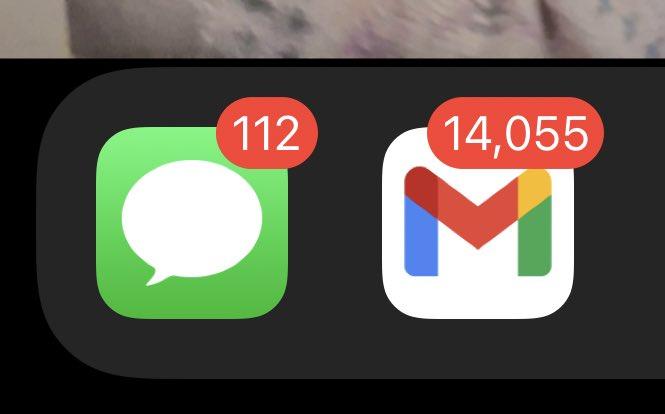In an age dominated by constant connectivity and an ever-growing digital presence, the paradox of loneliness remains a poignant and often overlooked issue. Despite receiving dozens of texts and notifications daily, many individuals find themselves isolated, struggling with personal turmoil without a single trusted voice to turn to. This phenomenon-having 47 unread messages yet no one to call when falling apart-exposes a deeply unsettling aspect of modern life that rarely enters public discourse. VegOut explores this silent epidemic of emotional isolation, shedding light on the loneliness that thrives beneath the surface of our hyper-connected world.
Understanding the Silent Struggle Behind Unread Messages and Emotional Isolation
In today’s hyperconnected world, the paradox of having dozens of unread messages yet feeling utterly alone has become increasingly common. The flood of notifications creates a deceptive illusion of social interaction, but behind these digital exchanges lies a silent epidemic of emotional isolation. People may receive constant texts, yet when vulnerability strikes, there’s no one to truly reach out to. This disconnect fosters a hidden silence where the need for genuine connection goes unmet, leading to an inner turmoil that is rarely voiced but deeply felt.
Signs of this silent struggle often manifest in subtle ways:
- Consistently ignoring messages despite visibility
- Reluctance to initiate personal conversations
- Feeling invisible in group chats or online communities
- Experiencing emotional exhaustion despite virtual interactions
| Symptom | Common Cause | Emotional Impact |
|---|---|---|
| Unread Messages | Lack of meaningful engagement | Feelings of neglect |
| Social Media Scrolling | Seeking distraction | Increased anxiety |
| Withdrawing from Calls | Fear of burdening others | Loneliness deepens |
The Psychological Impact of Feeling Invisible Amidst Digital Overload
In an era defined by relentless notifications and ceaseless digital interactions, many find themselves enveloped by a paradoxical sense of invisibility. Despite an overflowing inbox, the absence of genuine connection triggers profound feelings of isolation. This psychological burden often goes unspoken as individuals scroll through their screens, mistaking quantity of contacts for quality of relationships. The constant barrage of messages, comments, and pings can create a facade of social engagement while simultaneously deepening the void where true empathy and understanding should reside.
Experts highlight several mental health consequences resulting from this invisible loneliness:
- Heightened anxiety due to fear of social rejection
- Depression stemming from unmet emotional needs
- Increased feelings of inadequacy in meaningful relationships
- Disconnection even during high digital activity
| Symptom | Common Trigger | Suggested Approach |
|---|---|---|
| Emotional Numbness | Excessive screen time | Digital detox routines |
| Social Withdrawal | Unresponsive contacts | Face-to-face meetups |
| Negative Self-talk | Missed social cues online | Cognitive behavioral techniques |
How to Cultivate Genuine Connections When Loneliness Feels Overwhelming
When the weight of isolation feels unshakable, reaching out can seem impossible-but small, deliberate steps open the door to meaningful relationships. Start by embracing vulnerability in everyday interactions. Share your feelings honestly with someone trustworthy, or simply ask questions that invite deeper conversation rather than surface-level exchanges. Remember, connection thrives on authenticity, not on curated appearances or endless texting. Sometimes, it’s less about quantity and more about the quality of one or two real conversations.
- Identify shared interests: Join local groups, clubs, or online communities where genuine passions align.
- Practice active listening: Focus on understanding others fully before responding.
- Set small social goals: Commit to one heartfelt conversation per week rather than overwhelming yourself.
- Be patient with growth: True bonds take time, so allow connections to evolve naturally.
| Action | Impact | Tip |
|---|---|---|
| Join interest groups | Find like-minded people | Use apps or community boards |
| Reach out emotionally | Create empathy and trust | Start with “How are you, really?” |
| Attend social meetups | Break conversational barriers | Choose small, intimate gatherings |
Key Takeaways
In a world increasingly defined by digital connections, the paradox of feeling utterly alone amidst a sea of unread messages reveals a silent struggle many endure. The loneliness behind unopened texts and the absence of a calming voice in moments of vulnerability is a reality that remains largely unspoken. As conversations around mental health expand, acknowledging this unique form of isolation is crucial. Only through awareness and open dialogue can society begin to bridge the gap between virtual presence and genuine emotional support.
